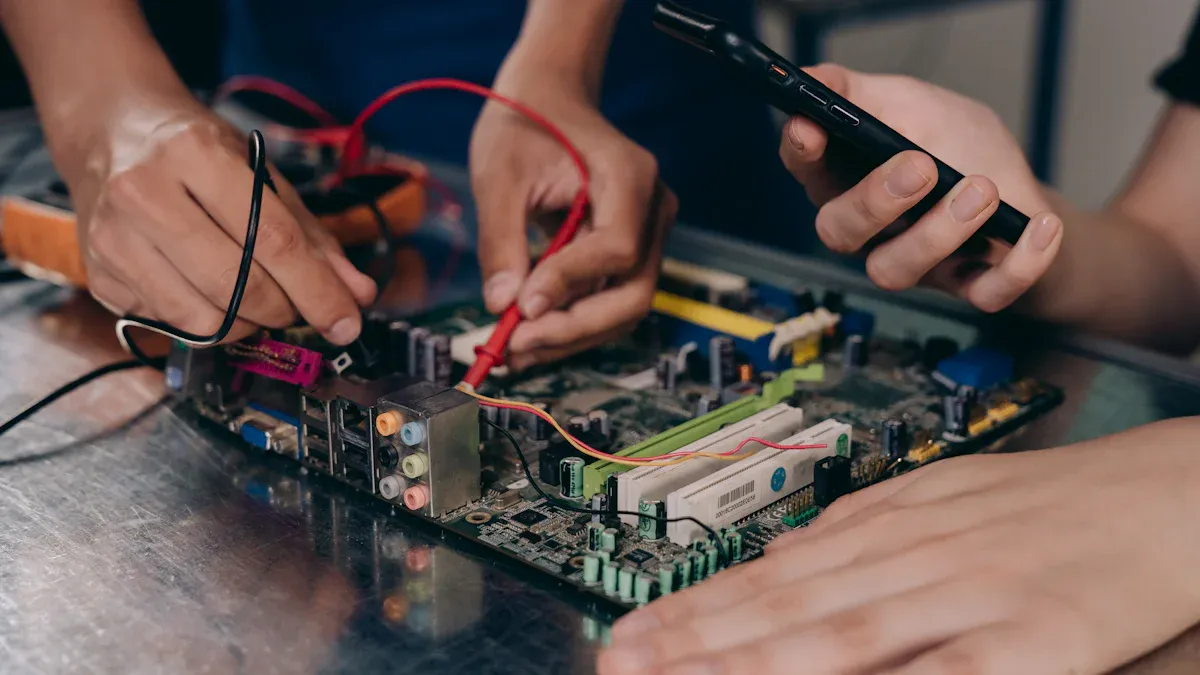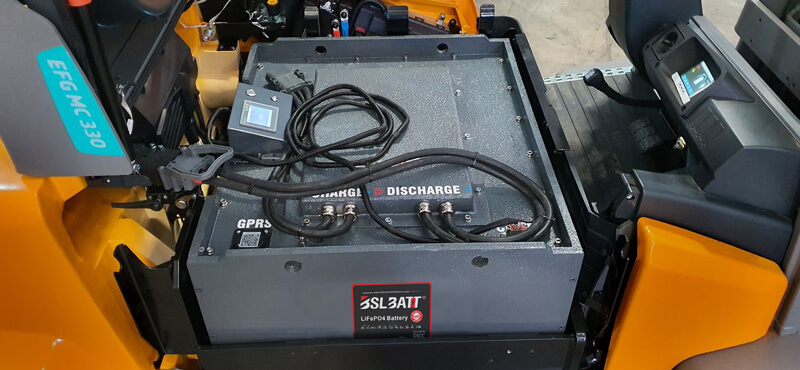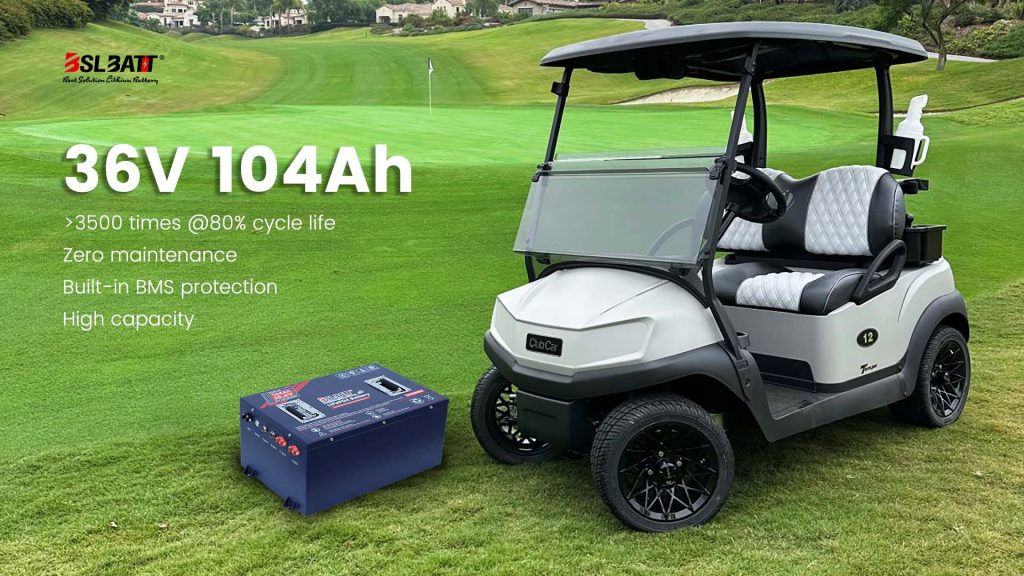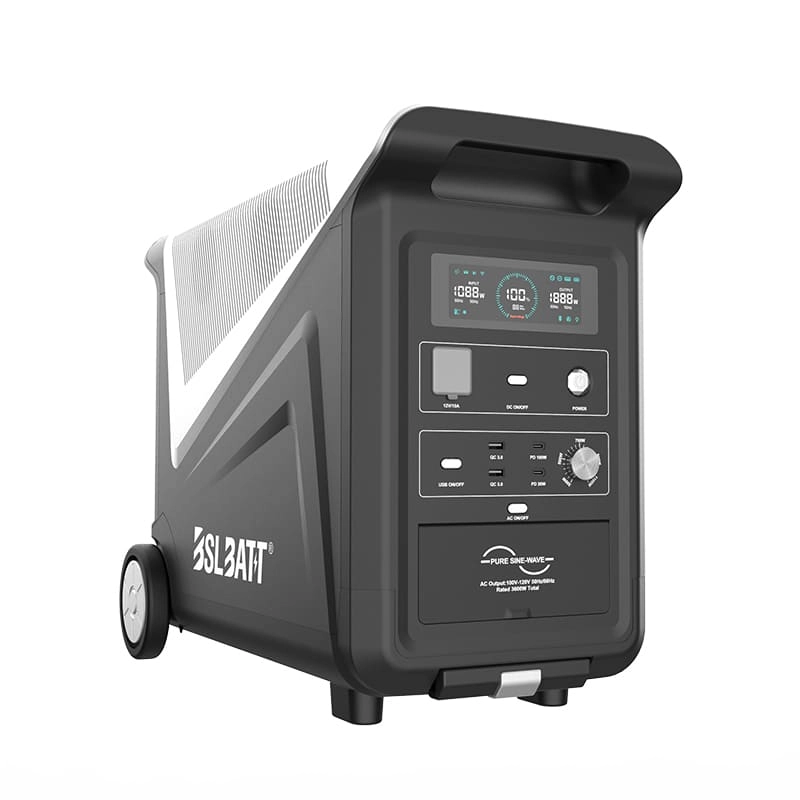
- China
- English
- Françai
- Español
- Deutsch
- Română
- العربية
- 한국어
- 日本語
- Italiano
- Português
- Gaeilge
- Dansk
- Čeština
- Русский
- Afrikaans
- Euskara
- Català
- Esperanto
- हिन्दी
- Ελληνικά
- Bahasa Melayu
- Polski
- Српски
- Kiswahili
- ภาษาไทย
- Tiếng Việt
- Türkçe
- Svenska
- Cymraeg
- Slovenčina
- Latviešu
- Malti
- Magyar
- Galego
- ગુજરાતી
- Eesti Keel
- বাংলা
- Shqip
- беларуская мова
- Nederlands
- Tagalog
- ქართული
- Íslenska
- Kreyòl Ayisyen
- Lietuvių
- Norsk
- slovenščina
- தமிழ்
- Українська
- ײִדיש
- اردو
- తెలుగు
- فارسی
- македонски
- ಕನ್ನಡ
- Bahasa Indonesia
- עברית
- Suomi
- Hrvatski
- Български
- Azerbaijani

Industry Application
Product Type
How Do You Convert Watts to Amps?
Converting watts to amps is simple when you use the formula: Amps = Watts ÷ Volts. But before you dive in, you need to know whether you’re working with direct current (DC) or alternating current (AC). This distinction is key for accurate calculations.
Why does this matter? Understanding how to convert watts to amps has real-world benefits:
- It helps you determine the electrical current needed to prevent overloads.
- You can analyze power consumption to optimize energy use and cut costs.
- It ensures you select the right wiring and circuit breakers for safety.
- Proper calculations keep your equipment compatible and safe from hazards.
So, how do you convert watts to amps? Let’s break it down step by step.
Key Takeaways
- To change watts to amps, use Amps = Watts ÷ Volts. This works for DC and AC circuits, but for AC, check the power factor.
- Knowing the power factor is important for correct AC calculations. It stops overloads and helps save energy.
- Always check voltage numbers and device details before calculating. Even small mistakes can cause big problems in electrical systems.
How Do You Convert Watts to Amps?
Understanding the Formula: Amps = Watts ÷ Volts
The formula Amps = Watts ÷ Volts is the foundation of converting watts to amps. It’s straightforward: divide the power (watts) by the voltage (volts). For example, if you have a microwave oven that uses 500 watts on a 120-volt supply, it draws approximately 4.17 amps. Similarly, an electric water heater operating at 1500 watts on a 240-volt supply would draw around 6.25 amps.
This formula works for both DC and AC circuits, but with AC systems, you’ll need to consider additional factors like the power factor. Don’t worry—we’ll cover that soon!
Key Differences Between DC and AC Circuits
When converting watts to amps, the type of current matters. DC circuits are simpler. You can use the formula directly: Amps = Watts ÷ Volts. For instance, a device using 300 watts at 12 volts would draw 25 amps.
AC circuits, however, require you to factor in the power factor (PF). For single-phase AC circuits, the formula becomes Amps = Watts ÷ (Volts × PF). Let’s say a device uses 2400 watts at 120 volts with a PF of 0.9. The calculation would be 2400 ÷ (120 × 0.9), resulting in 22.22 amps.
The Role of Voltage and Power Factor in AC Systems
In AC systems, the power factor plays a crucial role. It’s the ratio of real power (watts) to apparent power (volt-amperes). This ratio shows how efficiently electricity is being used. A lower power factor means more current is needed to deliver the same amount of power, which can affect your calculations.
For example, in systems with inductive loads like motors, the power factor often drops below 1. Including this factor ensures your calculations are accurate and helps you avoid overloading circuits or underestimating power needs.
By understanding these concepts, you’ll confidently answer the question, “How do you convert watts to amps?” and apply the formula in real-world scenarios.
Understanding Watts, Amps, and Volts

What Are Watts, Amps, and Volts?
To understand electricity, you need to know three key terms: watts, amps, and volts. Here’s a quick breakdown:
- Watts measure electrical power. It’s the rate at which energy is consumed or produced.
- Amps measure the flow of electric current. Think of it as how many charged particles pass through a point in a circuit.
- Volts measure the electrical potential difference. It’s the force that pushes the current through the circuit.
Here’s a handy table to summarize:
| Term | Definition |
|---|---|
| Watts | A unit of power representing the rate at which energy is consumed or produced in a circuit. |
| Amps | A measure of the flow of electric current, indicating how many charged particles pass through a point. |
| Volts | A measure of electrical potential difference, acting as the force that drives current through a circuit. |
How These Units Relate to Each Other
Watts, amps, and volts are closely connected. The formula Watts = Volts × Amps ties them together. For example, if a device operates at 120 volts and uses 2 amps, it consumes 240 watts of power.
Ohm’s Law also shows their relationship. It states that current (amps) equals voltage (volts) divided by resistance (ohms). For instance, in a circuit with 12 volts and a 3-ohm resistor, the current is 4 amps. These formulas help you calculate one unit if you know the others.
Why Converting Watts to Amps Is Useful
Knowing how to convert watts to amps is practical. It helps you prevent circuit overloads, which can cause power outages or even fires. You can also choose appliances wisely, ensuring they’re energy-efficient and safe. Plus, understanding voltage and current ratings helps you spot potential hazards before they become problems.
When you ask, “How do you convert watts to amps?” you’re not just solving a math problem. You’re making informed decisions about safety, efficiency, and compatibility in your electrical systems.
Step-by-Step Guide for Converting Watts to Amps

Method 1: Using Fixed Voltage (DC)
Converting watts to amps in a DC system is straightforward. Follow these steps:
- Identify the power of your device in watts (W).
- Determine the voltage (V) of the DC supply.
- Use the formula:
Amps (A) = Watts (W) ÷ Volts (V). - Perform the calculation to find the current in amps.
For example, if you have a device that uses 240 watts and operates at 12 volts, the calculation would be:
Amps = 240 ÷ 12 = 20 amps.
Method 2: Single-Phase AC Voltage
In single-phase AC systems, you’ll need to account for the power factor (PF). Here’s how:
- Find the power factor. It’s usually listed on the device or circuit label.
- Use the formula:
Amps = Watts ÷ (Volts × PF). - Plug in the values for watts, volts, and power factor.
- Solve for amps by performing the division.
For instance, if a device uses 1500 watts, operates at 120 volts, and has a power factor of 0.8, the calculation would be:
Amps = 1500 ÷ (120 × 0.8) = 15.63 amps.
Method 3: Three-Phase AC Voltage
Three-phase systems require different formulas depending on the type of voltage:
- For line-to-line voltage:
Amps = Watts ÷ (Volts × PF × √3). - For line-to-neutral voltage:
Amps = Watts ÷ (Volts × PF × 3).
Let’s say you have a three-phase motor using 10,000 watts, operating at 400 volts line-to-line, with a power factor of 0.9. The calculation would be:
Amps = 10,000 ÷ (400 × 0.9 × √3) ≈ 16.05 amps.
Practical Examples for Each Method
Here’s a quick reference table with examples for DC, single-phase AC, and three-phase AC systems:
| Current (A) | Power (W) | Voltage (V) | System |
|---|---|---|---|
| 12 | 144 | 12 | DC |
| 10 | 1200 | 120 | Single-Phase AC |
| 16.05 | 10,000 | 400 | Three-Phase AC |
These examples show how to apply the formulas in real-world scenarios. Now you can confidently answer the question, “How Do You Convert Watts to Amps?” and use these methods in your projects.
Tips for Accurate Conversions
Double-Check Voltage Values
Getting the voltage right is crucial when converting watts to amps. A small mistake here can throw off your entire calculation. Always confirm whether you’re working with AC or DC voltage. The type of current determines how you apply the formula. For example, in AC systems, you also need to factor in the power factor.
Here are some common errors to watch out for:
- Ignoring voltage levels or using the wrong type (AC vs. DC).
- Mixing up units like kilowatts (kW) and watts (W). Remember, 1 kW equals 1000 W.
- Forgetting to double-check the voltage value before starting your calculation.
By staying consistent and verifying your inputs, you’ll avoid these pitfalls and get accurate results every time.
Consider the Power Factor for AC Circuits
If you’re working with AC systems, the power factor is a game-changer. It measures how efficiently electricity is being used. The formula for power factor is:
Power Factor = Real Power ÷ Apparent Power.
This ratio ensures your calculations reflect the actual current needed. For instance, devices with motors or inductive loads often have a power factor below 1. Ignoring this can lead to underestimating the current, which might overload your circuit.
When in doubt, check the device label or manual for the power factor. If it’s not listed, you can calculate it using the formula above. Including this step ensures your conversions are precise and reliable.
Use a Calculator or Online Tool for Complex Scenarios
Sometimes, manual calculations can feel overwhelming, especially with three-phase AC systems. That’s where calculators or online tools come in handy. These tools simplify the process by letting you input known values like watts, volts, and power factor. They handle the math for you, saving time and reducing errors.
Here’s why they’re worth considering:
- They enhance accuracy, making them perfect for both professionals and DIY enthusiasts.
- Mobile apps provide a quick and convenient way to calculate on the go.
- They’re especially useful for complex scenarios, like three-phase systems, where multiple variables come into play.
Using these tools doesn’t just make your life easier—it ensures your electrical work is safe and efficient.
The formula Amps = Watts ÷ Volts is your go-to tool for electrical calculations. It ensures safety, compatibility, and efficiency in your circuits. Follow the steps outlined to convert watts to amps accurately. Use this guide to simplify electrical concepts and make smarter, safer decisions for your devices and systems.
FAQ
What happens if I don’t consider the power factor in AC systems?
Ignoring the power factor can lead to incorrect current calculations. This might overload your circuit or cause inefficiencies in your electrical system. Always include it for accurate results.
Can I use the same formula for both AC and DC systems?
Yes, but with AC systems, you must adjust for the power factor. For DC systems, the formula Amps = Watts ÷ Volts works directly without modifications.
What’s the easiest way to calculate amps for three-phase systems?
Use an online calculator or app. These tools simplify the process by handling complex formulas, especially for three-phase systems with multiple variables like voltage and power factor.
Tip: Always double-check your inputs, like voltage and power factor, to ensure accurate calculations!
ABOUT US
BSLBATT ® is a leading manufacturer in the new energy lithium battery sector. The company specializes in producing high-quality lithium iron phosphate (LiFePO4) batteries that are widely used in electric vehicles, forklifts, golf carts, and various energy storage applications. Their products are known for:
• High Performance and Safety:
Utilizing advanced LiFePO4 chemistry and integrated battery management systems (BMS) to ensure long cycle life, stable performance, and enhanced safety.
• Wide Range of Applications:
Serving industries from material handling and electric vehicles to renewable energy storage and commercial applications.
• Innovative Manufacturing and Quality Control:
With a focus on rigorous testing and quality assurance, BSLBATT’s batteries are designed to meet demanding performance standards, ensuring reliability under various operating conditions.
Overall, BSLBATT is recognized for its commitment to quality and innovation in the lithium battery industry, making it a trusted name for both OEMs and end users looking for efficient, durable energy solutions.
A Guide to Choosing the Best 48V Lithium Golf Cart Battery
Would it be worth investing in a 48V ...
10 Exciting Ways To Use Your 12V Lithium Batteries
Back in 2016 when BSLBATT first began designing what would become the first drop-in replacemen...
BSLBATT Battery Company Receives Bulk Orders from North American Customers
BSLBATT®, a China Forklift battery manufacturer specializing in the material handling indust...
Fun Find Friday: BSLBATT Battery is coming to another great LogiMAT 2022
MEET US! VETTER’S EXHIBITION YEAR 2022! LogiMAT in Stuttgart: SMART – SUSTAINABLE – SAF...
Looking for new Distributors and Dealers for BSL Lithium Batteries
BSLBATT battery is a fast-paced, high-growth (200% YoY ) hi-tech company that is leading the a...
BSLBATT to Participate at MODEX 2022 on March 28-31 in Atlanta, GA
BSLBATT is one of the largest developers, manufacturers, and integrators of lithium-ion batter...
What makes the BSLBATT the Superior Lithium Battery for your Motive Power needs?
Electric forklift and Floor Cleaning Machines owners who seek the ultimate performance will fi...



























